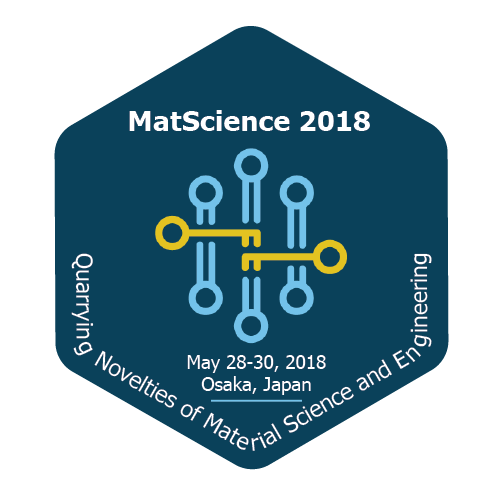
Masaki Ozawa
Tokyo Institute of Technology, Tokyo, Japan
Title: New Material by Neutronic Metamorphosis of Fission Product in Nuclear Fuel Cycle
Biography
Biography: Masaki Ozawa
Abstract
The spent nuclear fuel (SF) and high-level liquid waste (HLLW) must no longer be radioactive waste but a potential vein of rare metal. It is therefore quite natural that such non or less radioactive fission products (FPs) as Mo, Pd, In and REE (La, Nd, Dy, etc.) in SF or HLLW should be recovered and utilized as the secondary resource. Pd-Ru-Rh-TcO2-based multi-element deposits from simulated HLLW by under-potential deposition (UPD) showed high catalytic reactivity for electrolytic H2 production, and thereby being the substitute material to Pt electrode [1]. In Après ORIENT research [2], initiated in 2011 at Tokyo Tech, the program relies on the extensive transmutation of FPs in the fast reactor by neutron capture reaction followed by β- decay like, ZFPA (n,γ ) Z FPA+1 → Z+1NRMA+1 + β-, where reloaded highly radioactive ZFPA are expected to turn to be stable or very short-lived nuclear rare metals, Z+1NRMA+1. Among 40 elements, Ba/La, Pr/Nd, Gd/Tb/Dy, Tc/Ru, and Rh/Pd are the most promising as transmutation pair of ZFPA/ Z+1NRMA+1 under the various points of resourceability [3]. Although non FPs pair, W/Re calls geopolitical and material attentions with creation of anti-high temperature superalloy. By applying a ZrD2 moderator alternating to ZrH2, an isotope fraction of radioactive Re187 can be decreased to the less level than that of natural Re [4].

